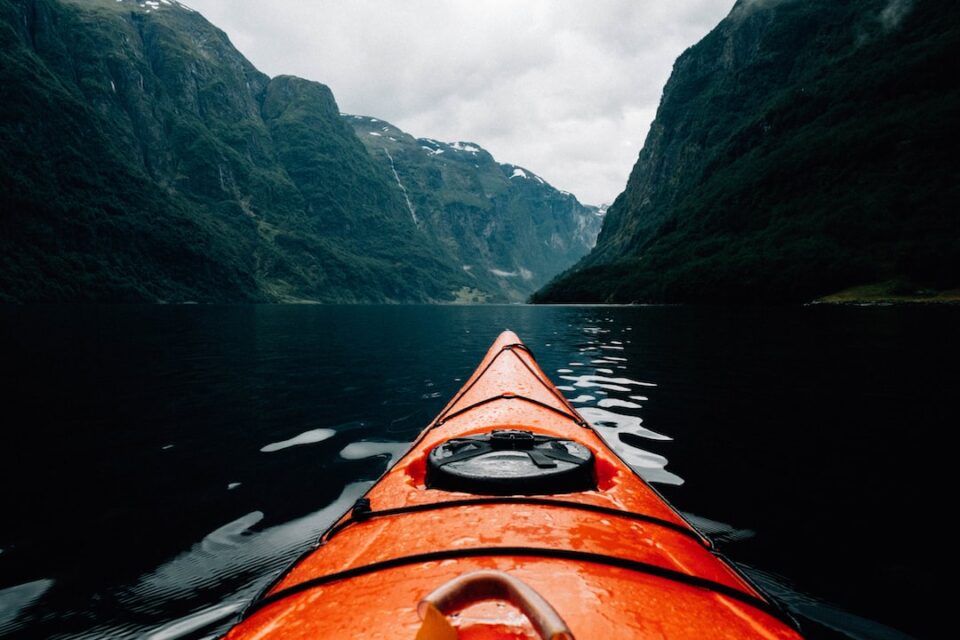Rocking the Rapids: A Beginner’s Guide to Kayaking and Canoeing
If you’re an outdoor enthusiast looking to embark on a thrilling and adventurous water sport, look no further than kayaking and canoeing. These activities provide a fantastic way to explore nature, challenge yourself physically, and have fun with friends and family. Whether you’re a complete beginner or have some experience, this beginner’s guide will help you get started on your kayaking and canoeing journey.
Choosing the Right Equipment
The first step to kayaking or canoeing is choosing the right equipment. There are different options available depending on your preferences and the type of water you’ll be paddling in.
For kayaking, you’ll need a kayak, a paddle, and a personal flotation device (PFD). There are various types of kayaks, such as recreational kayaks for calm waters or whitewater kayaks for more intense rapids. Sit-on-top kayaks are also popular for beginners as they provide stability. Paddles should be the appropriate length for your height and have comfortable grips. PFDs are vital for safety and should fit snugly.
For canoeing, you’ll require a canoe, paddles, and PFDs. Canoes are typically open-top boats that offer more space for passengers and gear. Canoe paddles differ from kayak paddles as they have a blade on one end and a grip on the other, allowing more comfortable steering. PFDs are essential for all passengers in a canoe, especially when paddling through rapids.
Safety Comes First
Before heading out on the water, it’s crucial to prioritize safety. Here are a few safety measures to keep in mind:
1. Wear a PFD: Always wear a properly fitted PFD, even if you’re a confident swimmer. Accidents can happen, and a PFD can save your life.
2. Learn basic water rescue techniques: Familiarize yourself with basic rescue techniques such as how to help a capsized paddler or perform a self-rescue. Knowing these skills will give you confidence on the water.
3. Check the weather conditions: Before you go kayaking or canoeing, be sure to check the weather forecast. Avoid going out in stormy or excessively windy conditions, as they can make paddling difficult and dangerous.
4. Know your limits: Start with calm, flat water if you’re a beginner. As your skills improve, you can gradually progress to more challenging waters.
Mastering Paddling Techniques
To get the most out of your kayaking or canoeing experience, it’s essential to learn proper paddling techniques. These techniques will help you maneuver efficiently and make your adventure enjoyable.
1. The forward stroke: Engage your core by rotating your torso while paddling. Keep your arms straight and use your core muscles to power the stroke.
2. The reverse stroke: Use the same technique as the forward stroke but paddle in the opposite direction, pushing the water away from you.
3. The sweep stroke: To turn your kayak or canoe, perform a sweeping motion with your paddle on one side of the boat. This stroke allows you to turn smoothly without losing momentum.
4. The draw stroke: The draw stroke is used to move your kayak or canoe sideways. Start by placing the blade in the water parallel to the boat’s side, then pull the paddle towards you.
Exploring River Rapids
Once you have gained confidence on calm waters, you may want to venture into river rapids. However, before tackling rapids, it’s essential to take proper precautions and ensure your skill level matches the difficulty of the rapids. Here are a few tips for navigating rapids:
1. Scout the rapids: Before attempting to paddle through rapids, get out of your kayak or canoe and assess the area. Look for potential obstacles, rocks, and currents. Plan your route accordingly.
2. Follow a line: Identify the safest route through the rapids and stay on that line. Avoid getting stuck in eddies or strainers (obstacles that trap debris).
3. Maintain a balanced posture: Lean slightly forward, keeping your weight centered over the boat. This will give you more control and stability while going through rapids.
4. Learn to read the water: Observe the patterns of the rapids to anticipate where the currents are stronger or weaker. This insight will help you make quick decisions while navigating.
Remember, navigating rapids should only be attempted once you have gained sufficient experience. It is always advisable to seek guidance from experienced kayakers or instructors.
Conclusion
Kayaking and canoeing provide incredible opportunities to connect with nature and challenge yourself physically. By choosing the right equipment, prioritizing safety, mastering paddling techniques, and progressively advancing your skills, you can rock the rapids like a pro. So grab your paddle, put on your PFD, and jump into the world of kayaking and canoeing – your next adventure awaits!


